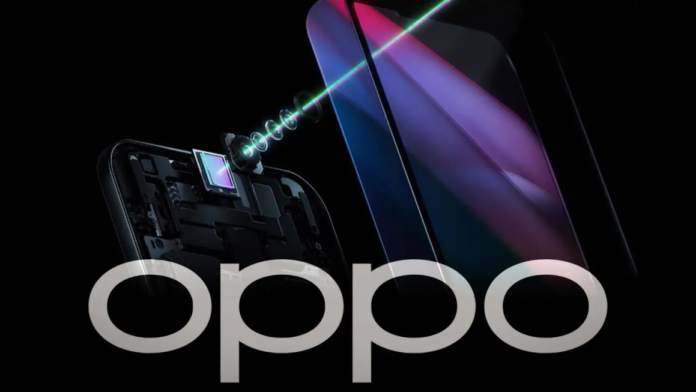Image Courtesy: Alpha News call
Oppo has introduced its smartphone’s next-generation under-screen camera (USC) technology. This new invention, according to the firm, provides a “perfect balance between constant screen quality and camera picture quality.” According to the report, several breakthroughs were necessary, including reducing the size of each pixel, employing a transparent wire material instead of a conventional screen, and 1-to-1 pixel circuit driving. Oppo has also released photos of a prototype smartphone with the new under-screen camera, which allows for a genuine full-screen experience.
Companies have been attempting to eliminate the notch and hole-punch for the selfie camera for quite some time. Some smartphone makers chose the pop-up camera design, which, although providing a full screen experience, increased the phone’s weight and included moving elements that may fail owing to dust build-up or other factors. An under-display selfie camera appears to be the best solution for delivering a true full-screen experience right now, and ZTE has released a couple of smartphones with under-screen selfie cameras in the past (Axon 20 and Axon 30), but they had drawbacks such as poor image quality and the fact that the sensor was not completely hidden.
Oppo prototyped a handset in 2019 with a screen composed of a very transparent material with a modified pixel layout above the selfie camera lens. Although this gadget was never commercially available, the business has recently unveiled their next-generation USC technology, which is supposed to provide a “perfect balance between constant screen quality and camera picture quality.” When the camera is not in use, as well as when it is, Oppo claims to have coupled hardware innovation with its own artificial intelligence (AI) algorithms to preserve the integrity and consistency of the display.

Oppo accomplished this by reducing the size of each pixel without reducing the number of pixels. Instead of a standard screen, the business employed a transparent wire material or a display. Oppo says that the high-precision manufacturing method results in “far better display quality with a smoother visual experience.” Oppo uses 1-to-1 pixel circuit driving for constant screen colour and brightness, which means one pixel circuit is driving only one pixel rather than two, as is the industry norm, according to the firm. This enables the display’s brightness and colour accuracy to be adjusted with a 2 percent variation. Finally, Oppo claims that 1-to-1 pixel circuit driving technology extends the screen’s life by up to 50%.
USC received photos of a prototype smartphone from the Chinese business. There are no notches or holes in the display, and there are no motorised parts. At least based on the pictures given by Oppo, it appears to be completely smooth and difficult to tell where the selfie camera is hidden behind the display.
Oppo has not stated when a phone featuring USC technology will be available to the general public. It claims it would keep working on improving its under-screen camera technology through research and development.


























